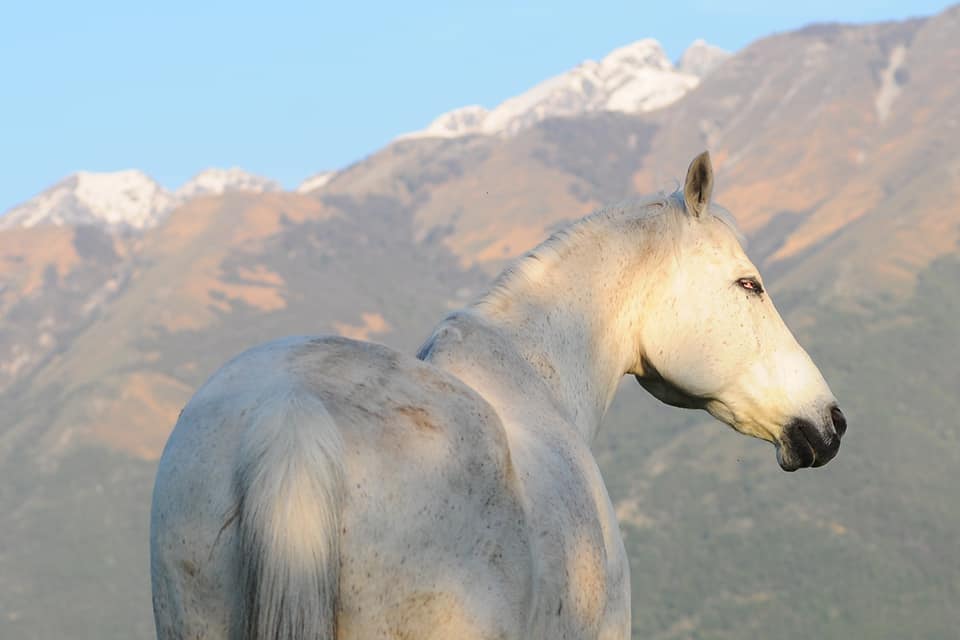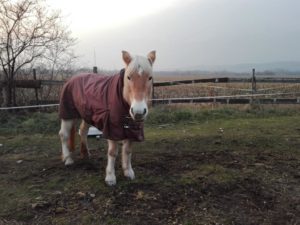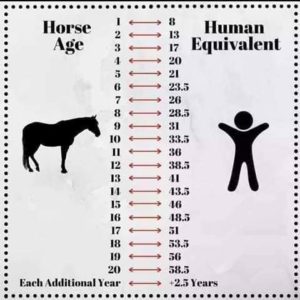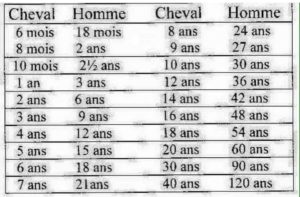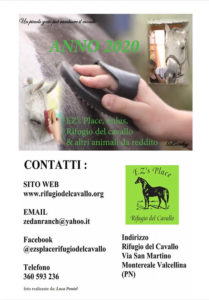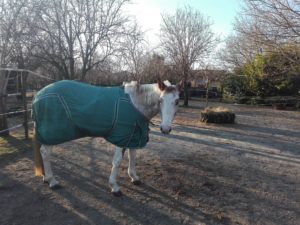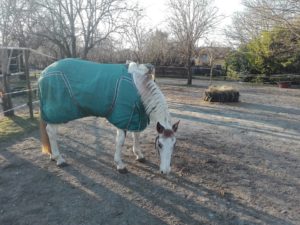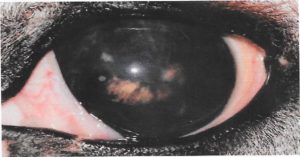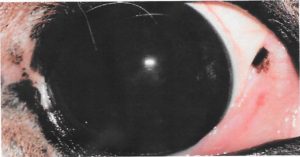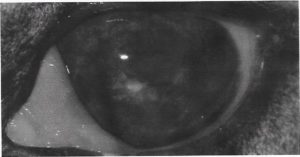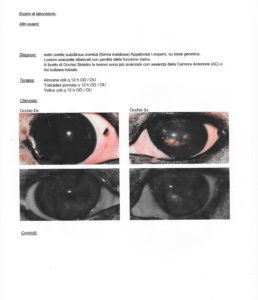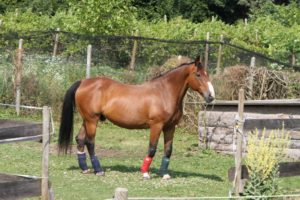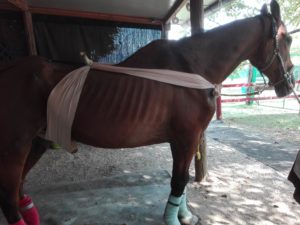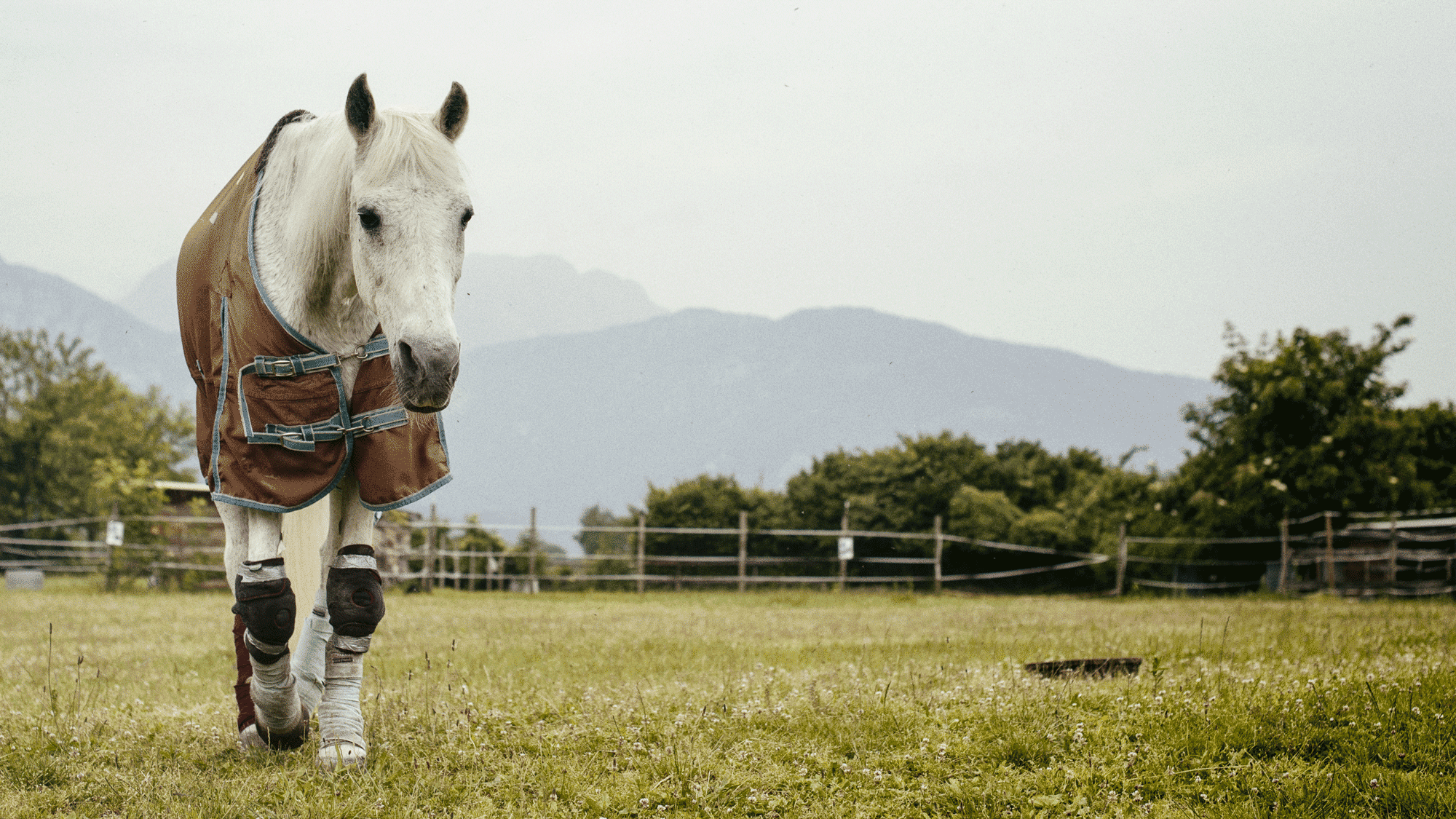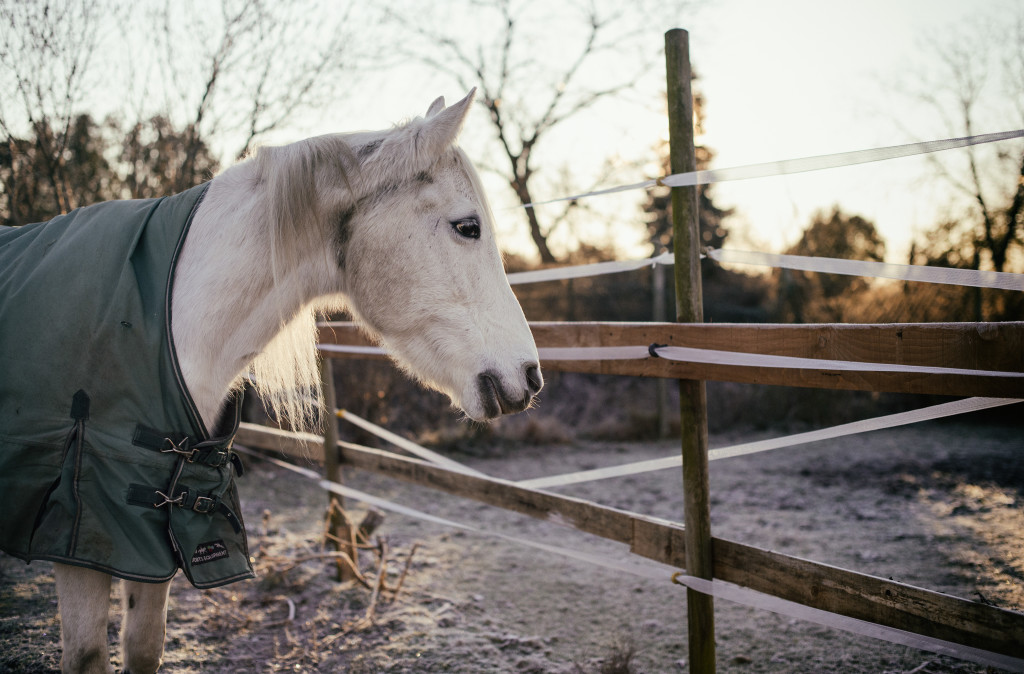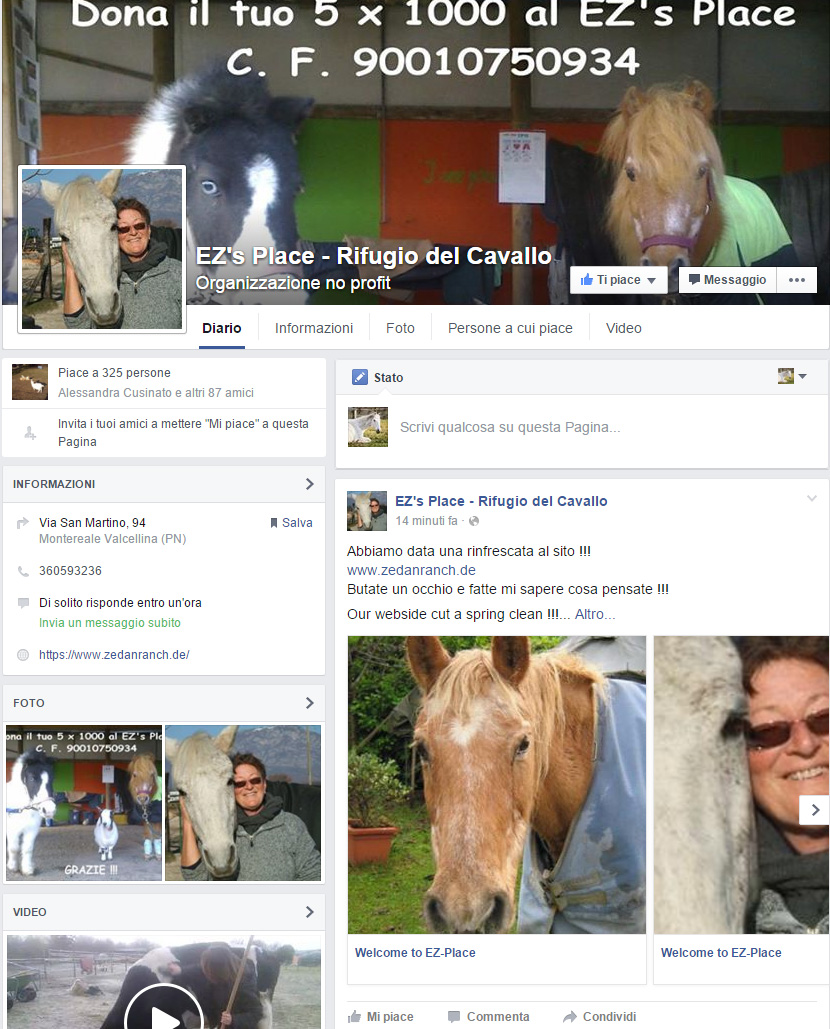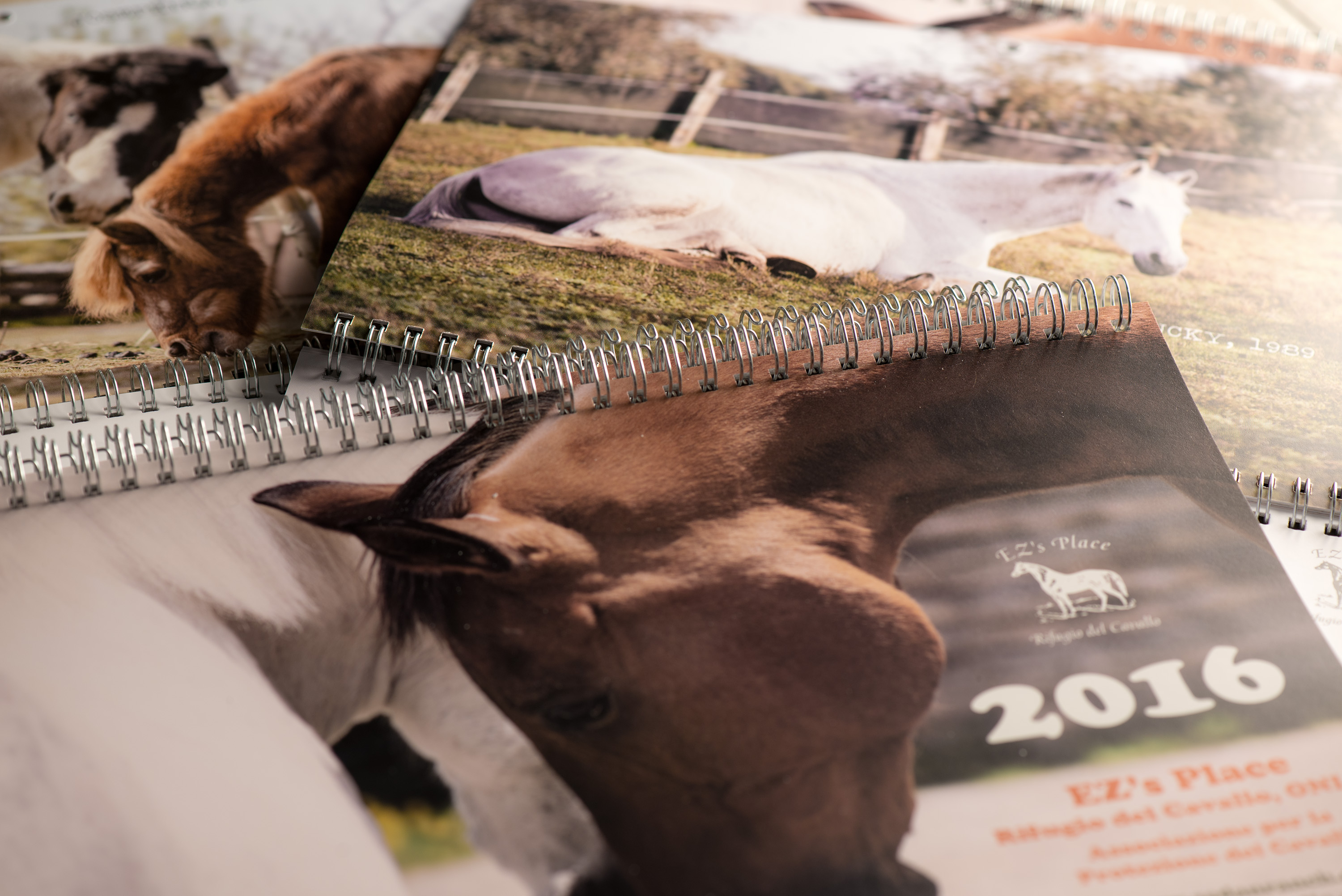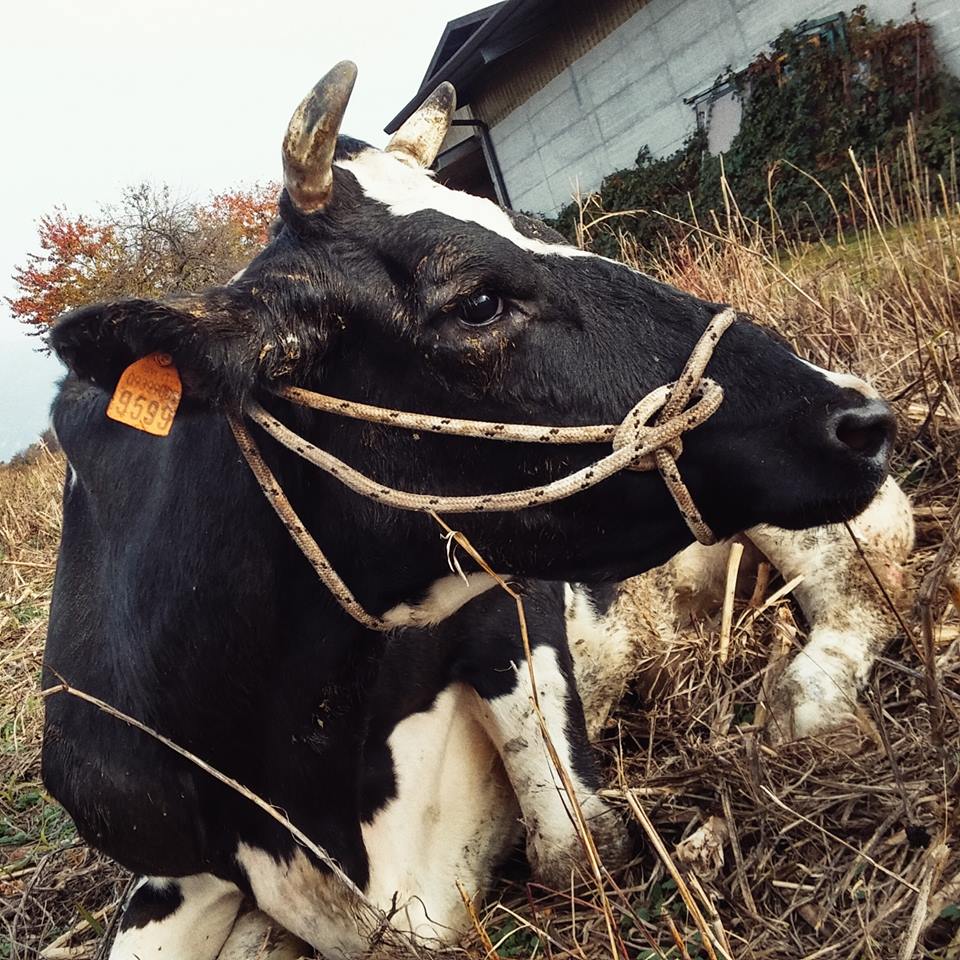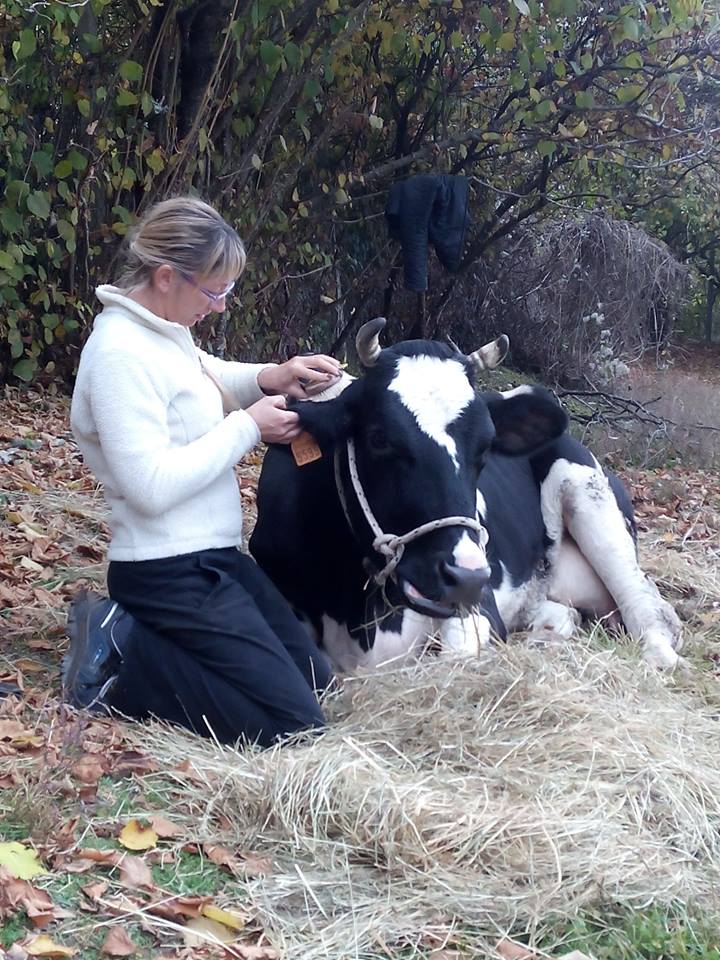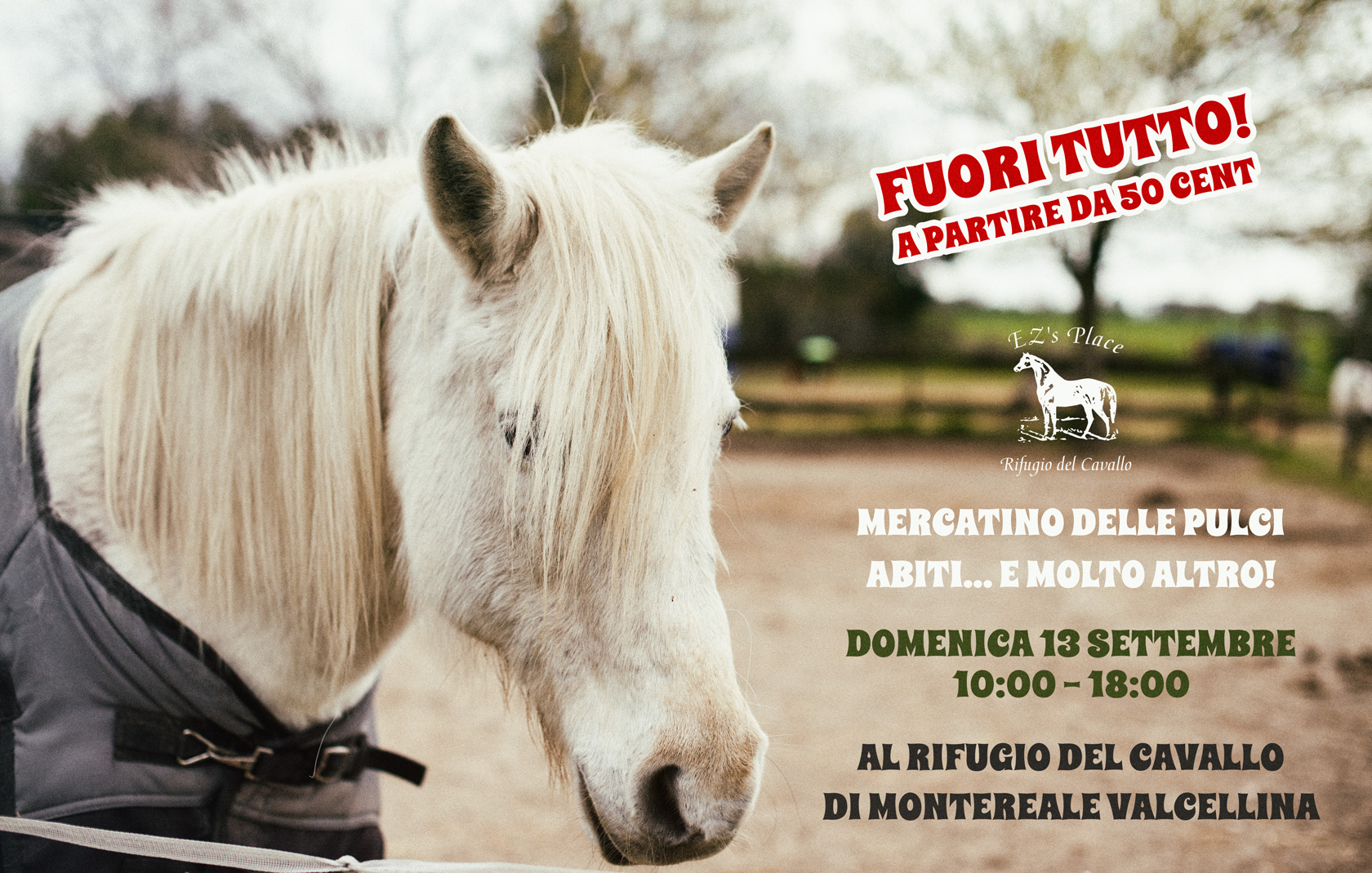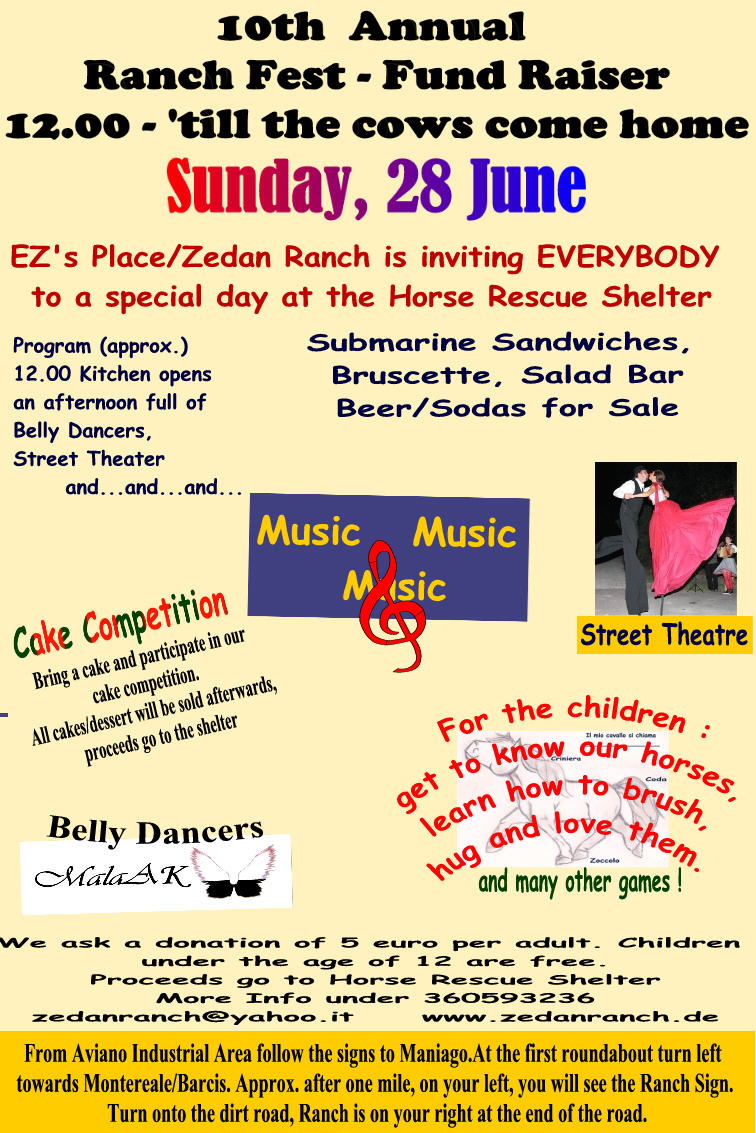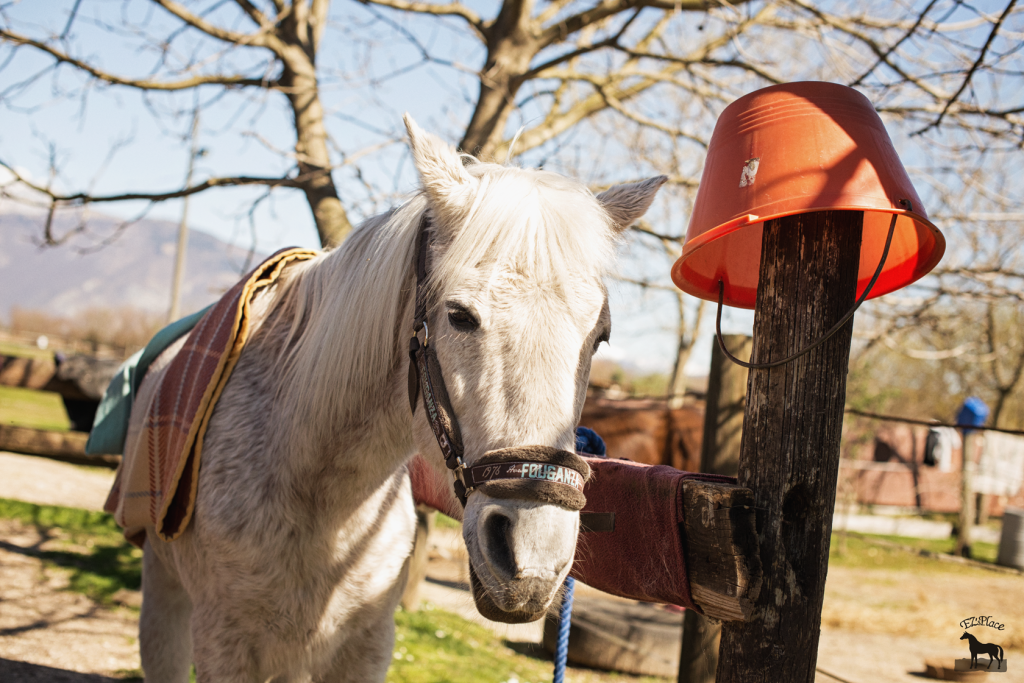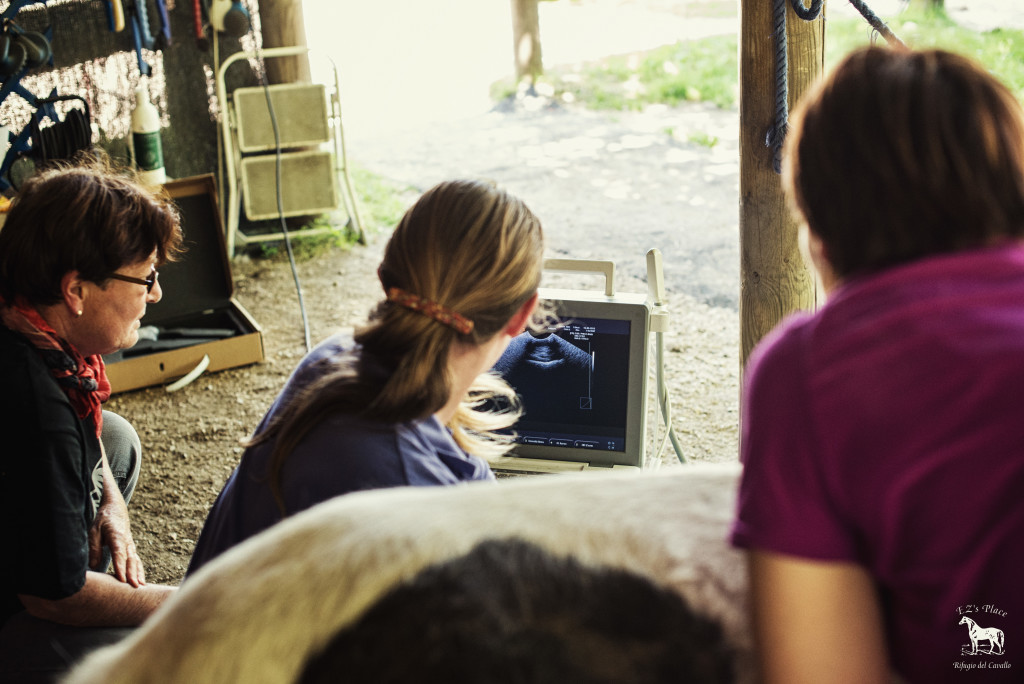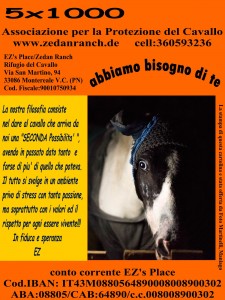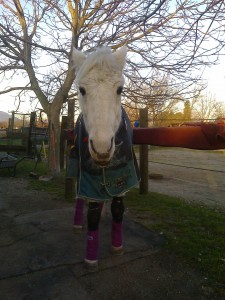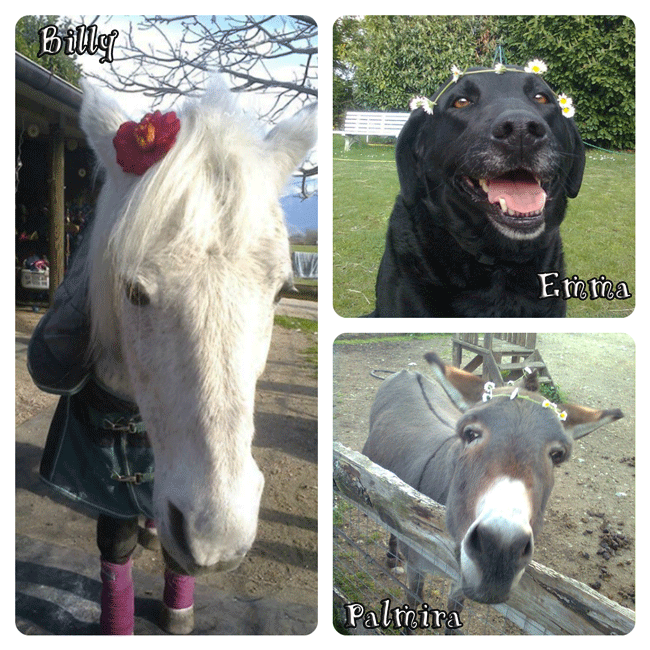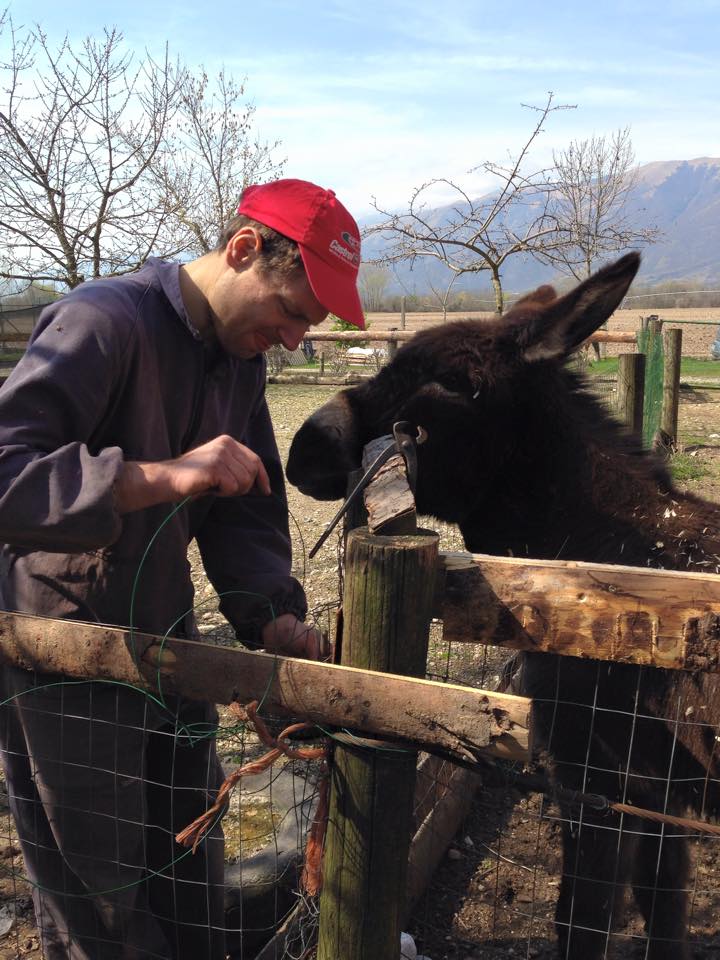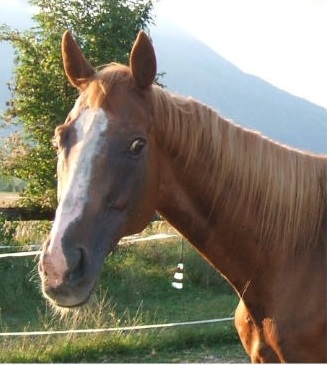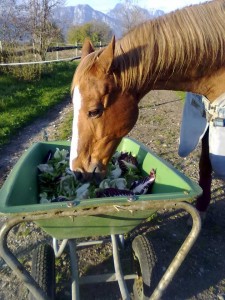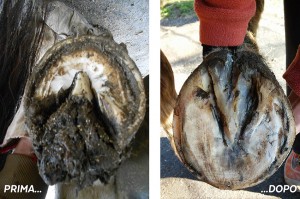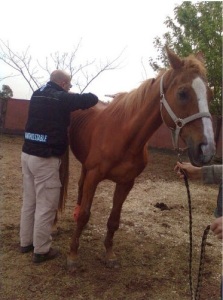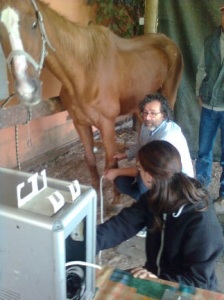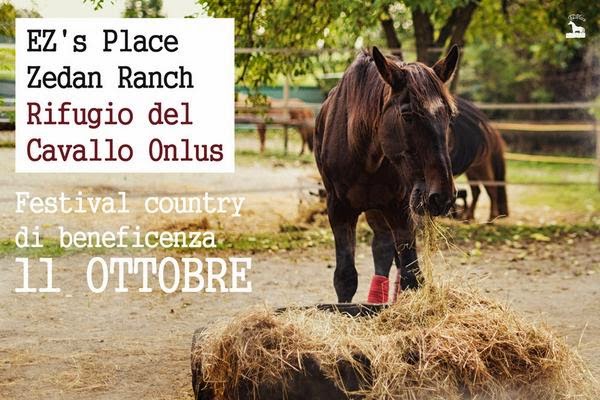Il tour italiano della fotoreporter Jo-Anne McArthur, è cominciato il 13 settembre e ha incontrato il pubblico di Bologna, Firenze, Roma, Milano, Pordenone , Mestre e Treviso, durante i quali ha presentato il suo progetto e il suo libro “Noi animali – We Animals” (Safarà Editore, Pordenone). Jo-Anne McArthur, originaria di Toronto, ha fotografato la drammatica situazione in cui versano gli animali nei sette continenti e in quaranta Paesi per più di dieci anni. Il suo libro contiene più di 100 fotografie selezionate tra le migliaia di immagini che costituiscono We Animals, un archivio di ritratti di animali in allevamenti, laboratori, circhi, acquari, mercati, insieme a quelli di animali ospiti in santuari e immortalati nei loro habitat naturali.”Le Voci dell’inchiesta, manifestazione In settembre la fotografa e attivista animalista Jo-Anne McArthur è stata invitata alla manifestazione “Le Voci dell’inchiesta”, Safarà Editore e in collaborazione con “Pordenonelegge” – mercoledì 23 settembre alle 20.45
“The Ghosts in our Machine”, il documentario che ha emozionato pubblico e giurie di svariati festival internazionali.
La fotografa attivista Jo-Anne McArthur presenterà domani sera, alle 20.45, “The ghosts in our machine”, il documentario di Liz Marshall che ha emozionato pubblico e giurie di svariati festival internazionali. La regista ha seguito la McArthur nel corso di un anno, attraversando così diverse storie di animali in alcune parti del Canada, Stati Uniti e in Europa, su cui si è basato parte del suo progetto fotografico – “We Animals” – che la fotografa porta avanti dal 1998. Ogni storia è una finestra sul mondo dell’industria animale: il cibo, la moda, l’intrattenimento e la ricerca. Un documentario nato dall’amore per gli animali, che non si limita a raccontare, ma mostra come nella nostra società gli animali vengano sviliti e considerati niente altro che merce. Come spiega la regista stessa: “The ghosts in our machine” – aggiunge – è un viaggio alla scoperta di quello che è un complesso dilemma sociale. In sostanza, gli esseri umani hanno abilmente classificato gli animali non umani in tre parti: animali domestici, la fauna selvatica, e quelli a cui non vogliono pensare: i fantasmi nella nostra macchina. Perché diamo valore alla fauna selvatica e ai nostri animali da compagnia, ma non ai miliardi di animali allevati e utilizzati ogni anno nelle industrie globali? Da qui sono partita». L’incontro è promosso da Le Voci dell’inchiesta, Safarà Editore, in collaborazione con pordenonelegge.
Realizzato dalla regista canadese Liz Marshall, The Ghosts in Our Machine segue l’attivista – fotografa nel corso di un anno attraverso diverse storie di animali che immortalerà in alcune parti del Canada, Stati Uniti e in Europa. Ogni storia è una finestra sul mondo dell’industria animale: il cibo, la moda, l’intrattenimento e la ricerca.
Un documentario nato dall’amore per gli animali, che non si limita a raccontare, ma mostra come nella nostra società gli animali vengano barbaramente sviliti e considerati niente altro che merce.
La McArthur inizia sin da ragazza ad avvicinarsi al mondo degli animali, esattamente come migliaia di altri suoi coetanei: attivandosi per farli adottare, dando una mano in canili e strutture simili quando c’era da nutrire cuccioli abbandonati o facendo la dog-sitter. A questo impegno iniziò presto a sovrapporsi il suo sguardo fotografico, che immortalò situazioni e animali che conosceva. Nel tempo il progetto l’ha portata in tutto il mondo, le foto raccolte sono state pubblicate in un libro e sono diventate il fulcro di un sito e un archivio in costante crescita e aggiornamento, che collabora con numerose realtà che in vari Paesi si occupano di tutelare gli animali.
